7 Essentials for Building a Combat Ready IFAK
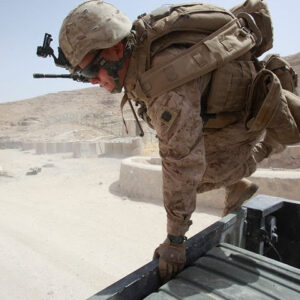
An IFAK (Individual First Aid Kit) is the personal medical kit issued to each of Americas warriors. Every deployed Marine, Soldier, Airman, and Sailor has their own kit for taking care of wounds.
Everyone has their own unique needs and concerns. After a while in combat, your gear starts to evolve. Pouches are dropped off or added, and things become tighter and more streamlined. Priorities change, and decisions between more ammo or more water become life altering.
Medics can only carry a small amount of gear, so to help spread load the needed items, the casualty’s IFAK is used first before breaking into the additional items in the Medic, or Corpsman Aid Bag.
This also allows for good Self-Aid/Buddy-Aid to take place and free up the medic for other tasks.
As a civilian, what you decide to carry is completely up to you, you get to carry what you need. Here are some of my thoughts and philosophies on how to build out a good IFAK.
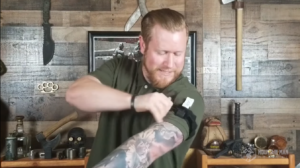
Bleeding to death is the most common cause of preventable death in combat.
TQs are fast and easy to apply and should be your first choice for sever bleeding from arms and legs. There are many good options on the market including the North American CAT, the Tac Med Solutions SOF-T, and the TMT, but not everything out there calling itself a tourniquet should be trusted.
Counterfeit tourniquets are not made well and have not been as thoroughly tested as the ones listed above. Purchasing TQs from an unreputable source might save you a few bucks, but at the risk of losing your life if it fails.
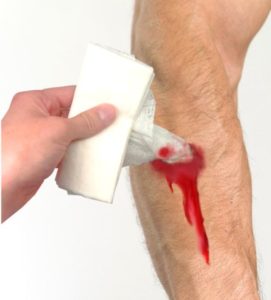
Since a TQ will only work on an arm or leg, it’s important to learn how to treat bleeding with wound packing. Hemostatic materials, like QuikClot or ChitoGauze help promote clotting in the blood and further increase the odds of surviving your wounds. If hemostatics are unavailable, normal gauze will still work great for wound packing.
After the wound cavity has been tightly packed, the gauze needs to be kept in place. A pressure dressing applies extra pressure over the wound to help control bleeding, keep the gauze in place, and the wound clean(er).
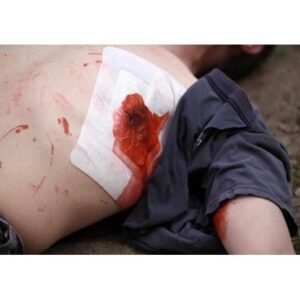
Combat means bullets and bullets can mean chest wounds. Keeping a Twin Pack of chest seals in your IFAK will help treat sucking chest wounds and prevent a tension pneumothorax from developing. Having at least 2 is important for treating both the entry and exit of a bullet.
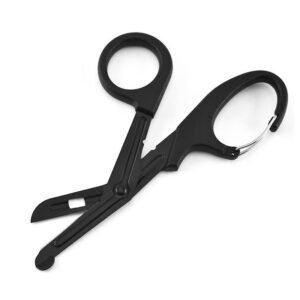
No, I don’t mean the K-Bar Marine Corps Fighting Knife you bought at the PX. If you absolutely must, you can use a knife to cut away a casualty’s cammies, but it can be dangerous for you and the victim in the chaos of a hostile environment.
Trauma shears or a strap cutter is a better idea, and useful for many different tasks besides only medical. I prefer cheap trauma shears I can throw away at the end of a nasty fight, I don’t enjoy the idea of trying to clean my shears. I’d rather just pick up a new set than purchase the expensive ones out on the market today.
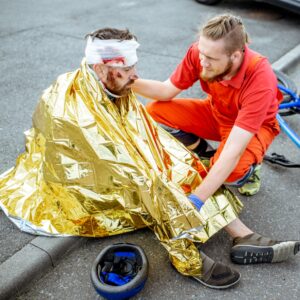
A simple Mylar survival blanket is very light weight, small and inexpensive option for keeping you warm after a sever wound. Keeping a casualty warm in a hostile environment can be difficult and a survival blanket can help prevent hypothermia from settling in and ruining your day.
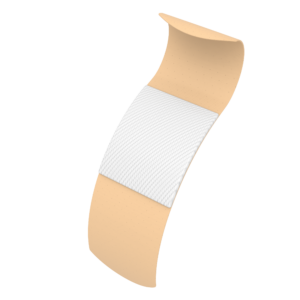
This list includes medical items for wounds that are not life-threatening, such as small cuts scrapes and burns. Adhesive bandages, or Band-Aids are always important along with antiseptic ointment, ibuprofen, acetaminophen, and antacids are examples of comfort items you may want to carry.
Make sure to put any medications you may need to sustain your life. For example if you need an Epi Pen for bee allergies, make sure to keep one in your IFAK.
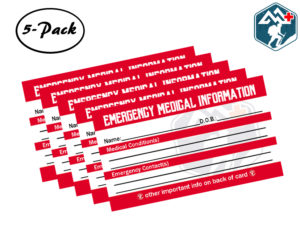
- Important Information
If you have any allergies, to medications or otherwise, be sure to put it on a laminated card in your kit for whoever it is that saves your life. That information and anything else you think is important can be passed on to the receiving facility if you are unable to communicate it yourself.
